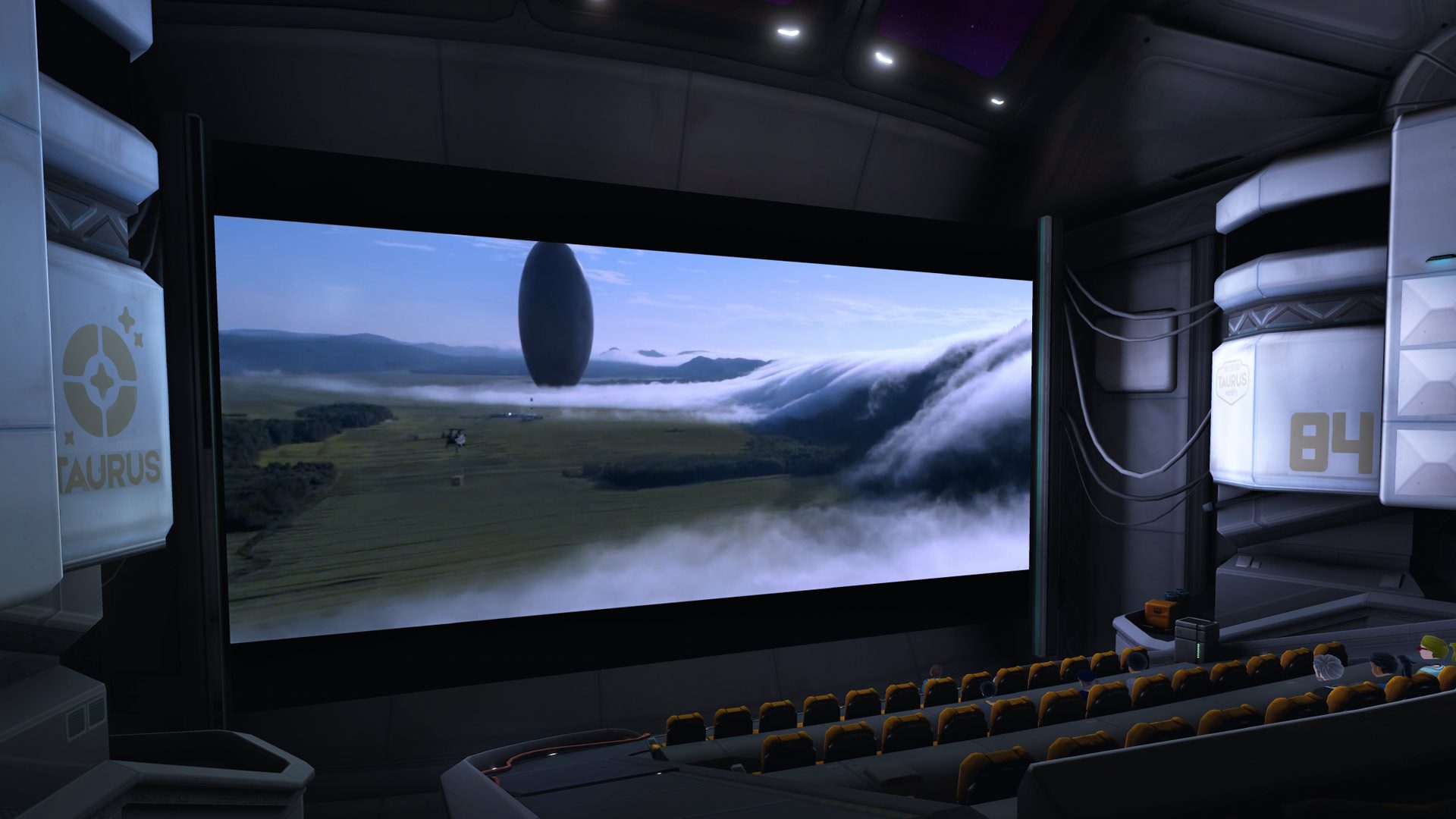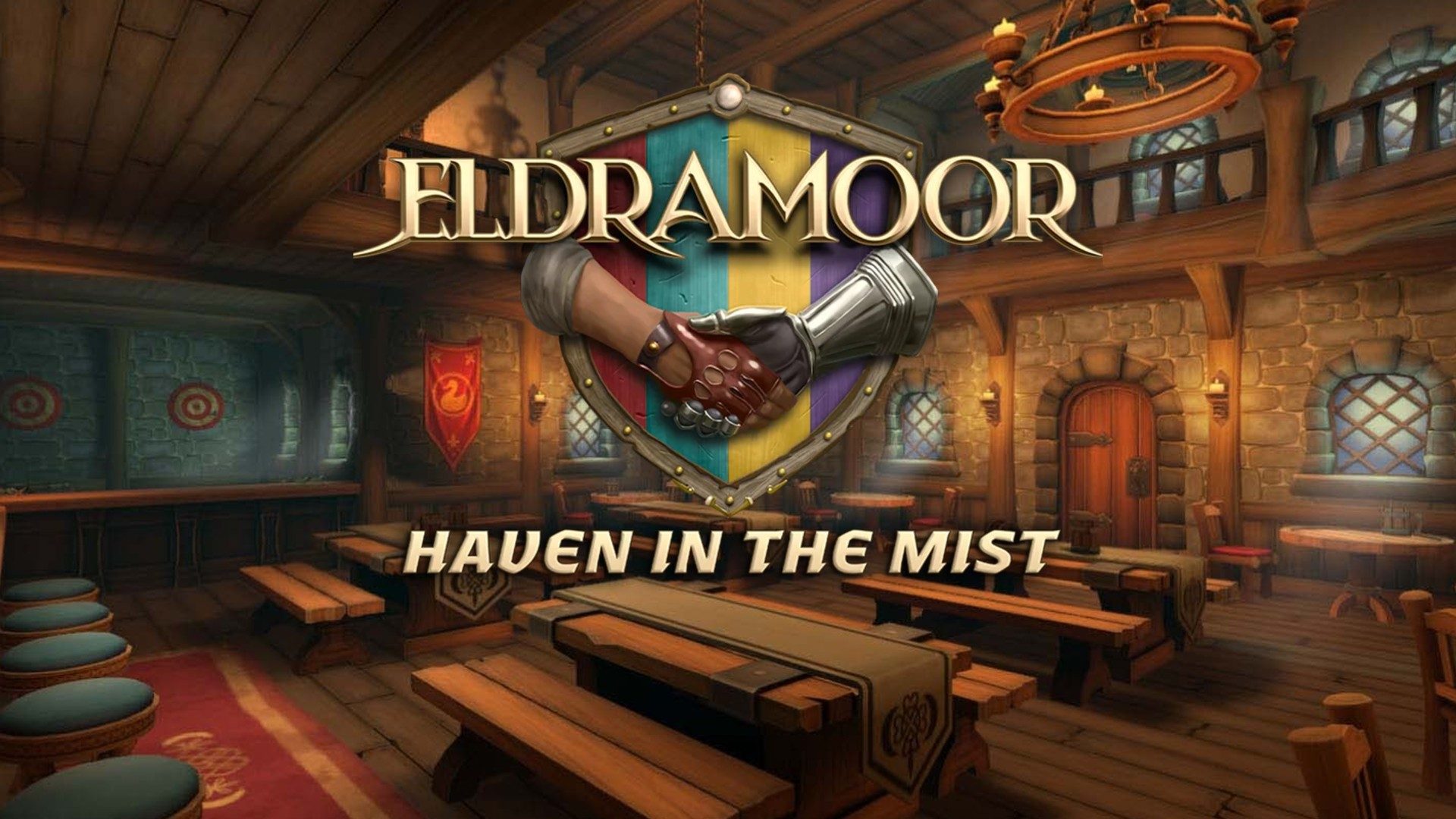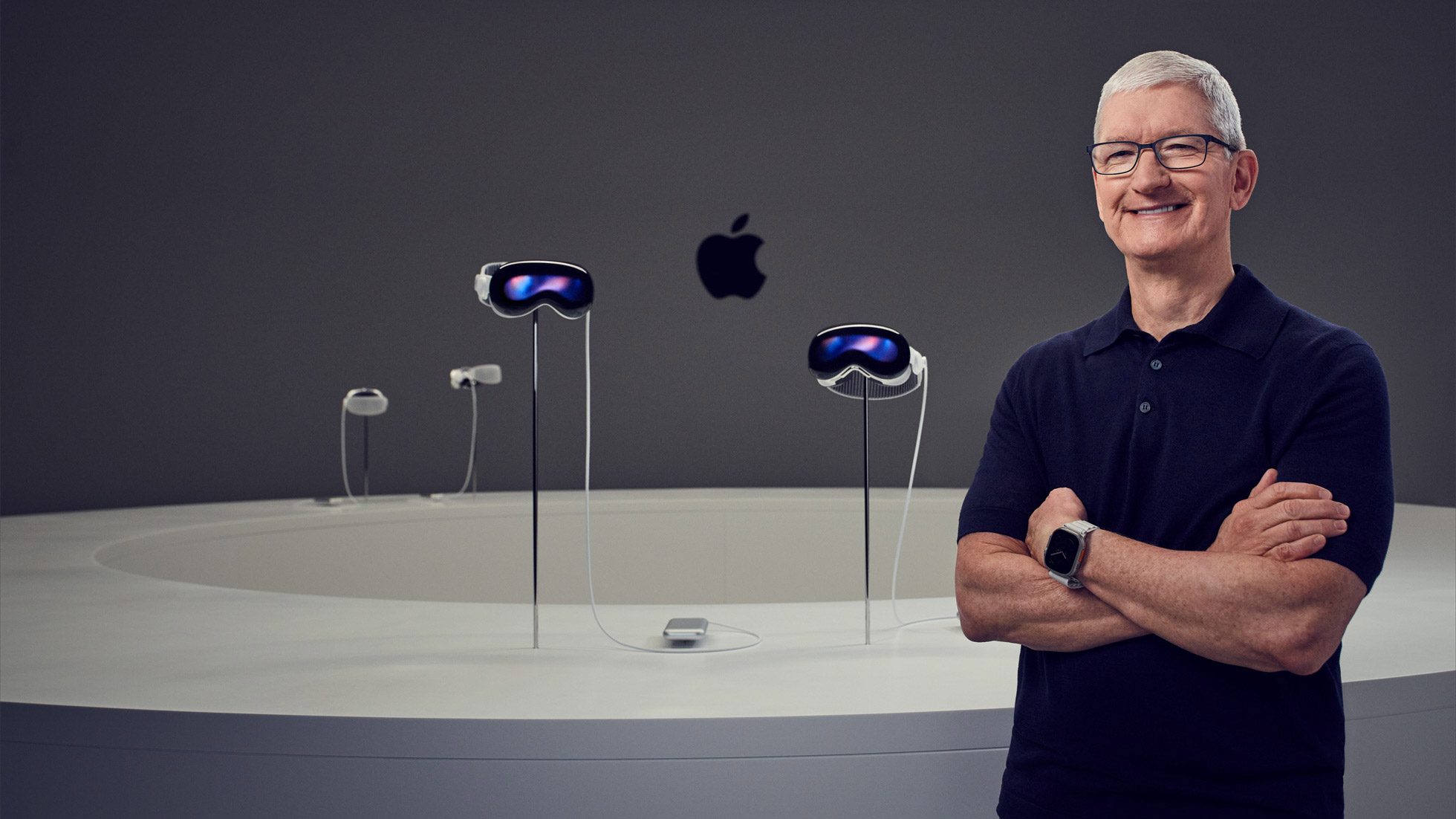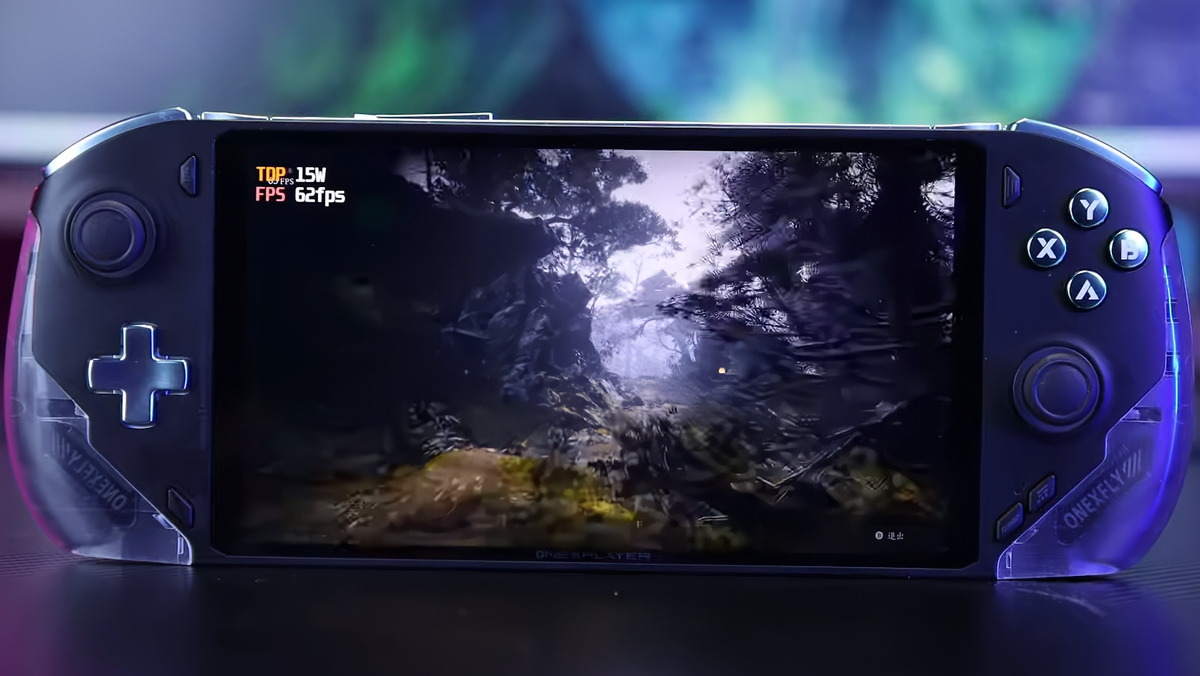Indiana Jones carries a certain essence that’s hard to pin down. It’s more than just the elements we can see and hear, like its compelling stories, iconic heroes, or memorable music. It’s really about the way the movies were crafted, right down to the choreography and the tone they set. These indescribable features are what have turned this series into a legendary saga, cherished by many over the years. Capturing this magic in a video game is no small feat.
For the creators at MachineGames, developing “Indiana Jones and the Great Circle” was a unique challenge. The team needed to deliver a game that felt both contemporary and authentic to the movies’ aura. Striking a balance was key—crafting an engaging game while ensuring it reflected the cinematic experience that fans adore.
Chatting with the developers at MachineGames reveals an intriguing process. They skillfully blended modern game design techniques with timeless filmmaking principles, aiming to create something that truly encapsulates the Indiana Jones spirit they’ve been chasing.
One shining example of this careful consideration emerges from a seemingly simple scene—one that might not immediately stand out. Remember the famous scene from “Raiders of the Lost Ark”? A swordsman skillfully flourishes his scimitar; the tension builds as you prepare for an epic showdown. But Indy, with his quick wit, simply draws his pistol and ends it with one shot—a classic punchline. It’s a moment of cinematic brilliance.
On the surface, such scenes shouldn’t work in a game. They break the traditional gaming mold of complex boss battles with health bars and attack patterns. Yet, this very scene became a creative solution for the team rather than a hurdle.
Creative Director Axel Torvenius reflects, “That scene perfectly embodies the humor we love from Indy films—it’s pure gold!” Capturing that humor in varied and enjoyable combat sequences was just as crucial as crafting them effectively.
This speaks volumes about MachineGames’ approach. They went to great lengths, often beyond conventional gaming standards, to weave in the magic of these films, even in a medium that doesn’t always lend itself naturally to such storytelling. And this is merely the start.
“Sitting as close as possible to the original look and feel of ’80s cinema was something we wanted to get right from the beginning,” said Torvenius. “There was never an interest in reinventing the look or feel of Indiana Jones – the ambition was always to make sure it resonated with the ‘Raiders of the Lost Ark’ style.”
It’s impressive how deep their dedication to authenticity runs. The team dissected the classic films, examining everything from their artistic choices to technical specifics. What colors were dominant? What kind of film stock did they use? How was the original sound captured? From there, the task began—translating these discoveries for a modern medium without losing the essence.
The stories behind these efforts are captivating. The team meticulously studied set-building techniques from the original films and applied these to the game’s environments.
“In games, players can explore every nook and cranny, unlike a movie where the camera controls what you see. We identified and enhanced certain locations early in development to maintain that cinematic flow,” Torvenius explains.
For more controlled spaces like cutscenes, they could go even further: “For this project, we brought on a Director of Photography for all the cinematic filming in the motion capture studio,” adds Torvenius. “With the help of Kyle Klütz, we utilized a heavy camera dolly to capture authentic camera motions, reminiscent of the early Indiana Jones films.”
Sound, naturally, plays a crucial role too. The iconic John Williams score, the recognizable sound effects, and even the famed Wilhelm Scream are as integral to the experience as the visuals and story.
According to Audio Director Pete Ward, the team reviewed all the Indy films to pinpoint the sounds critical to the Indiana Jones experience. Fidelity in Indy’s voice, the musical score, his whip, revolver, and punches topped the list, alongside puzzle and fantastical sounds. The goal wasn’t just replication but creating original soundscapes that aligned with the game’s narrative needs while honoring the legendary movies.
Hundreds of hours went into crafting new recordings. Original techniques were revisited—for instance, Ward’s team used baseball bats on leather jackets to recreate those iconic sounds. Even practical effects, like plucking metal springs, were used to echo that nostalgic vibe.
The music likewise needed to echo the films without copying them. Enter composer Gordy Haab, known for his award-winning scores on various Star Wars games. Haab managed to extend the legendary Williams sound while introducing new themes for the game, capturing the Indiana Jones vibe perfectly.
Ward discussed how they even recorded at Abbey Road, using musicians who had played on the original sessions—an unexpected yet delightful connection to the past.
Yet, while the game’s look and sound are steeped in nostalgia, its story had to carve new paths. Set between “Raiders of the Lost Ark” and “Temple of Doom,” the narrative required its own identity while staying true to the series’ spirit. Lead Narrative Designer Tommy Tordsson Björk extensively researched Indy lore, working closely with Lucasfilm Games to weave a rich tapestry of connections throughout the story.
The team’s dedication extends to reflecting the era’s authenticity, affecting everything from dialogue to the spelling of locales. Drawing on their experience with other major franchises, they focused on staying true to the Indiana Jones legacy while venturing into new storytelling realms.
“Creating a story for Indy taught us the importance of letting the character guide both narrative and gameplay. Indy’s persona deeply influences the storytelling process, much more so than in previous projects,” Björk elaborates.
Ultimately, MachineGames sought to craft not just a game but an interactive Indiana Jones experience. How do we translate the thrill of an action-packed movie into a video game where players control the flow? It turns out a lot of motion capture and stunts were involved.
“We’ve used more motion capture and stunts than ever before,” shares Torvenius. “Shooting took place at Goodbye Kansas with their substantial ceiling height, allowing for some of the wildest stunts in our game. It was a team effort across departments to realize stunts and action sequences similar to those in the early films.”
Even the smallest aspects, like throwing a punch, received meticulous attention.
“We aimed to make combat rewarding and easy to engage with but challenging to master at higher difficulties,” explains Torvenius. “Capturing the cinematic melee feel involved everything from sound impacts to animation responses.”
Every detail, from the puzzles to the sets, reflects the series’ adventure spirit, mixed with a dose of humor and wit. MachineGames worked tirelessly to ensure the game not only feels right within the Indiana Jones universe but also introduces delightful surprises and a fresh perspective.
Indiana Jones and the Great Circle will launch on Xbox Series X|S, Windows PC (with Game Pass), and Steam on December 9. For those eager to jump into the action early, Premium and Collector’s Editions offer access starting December 6.















































